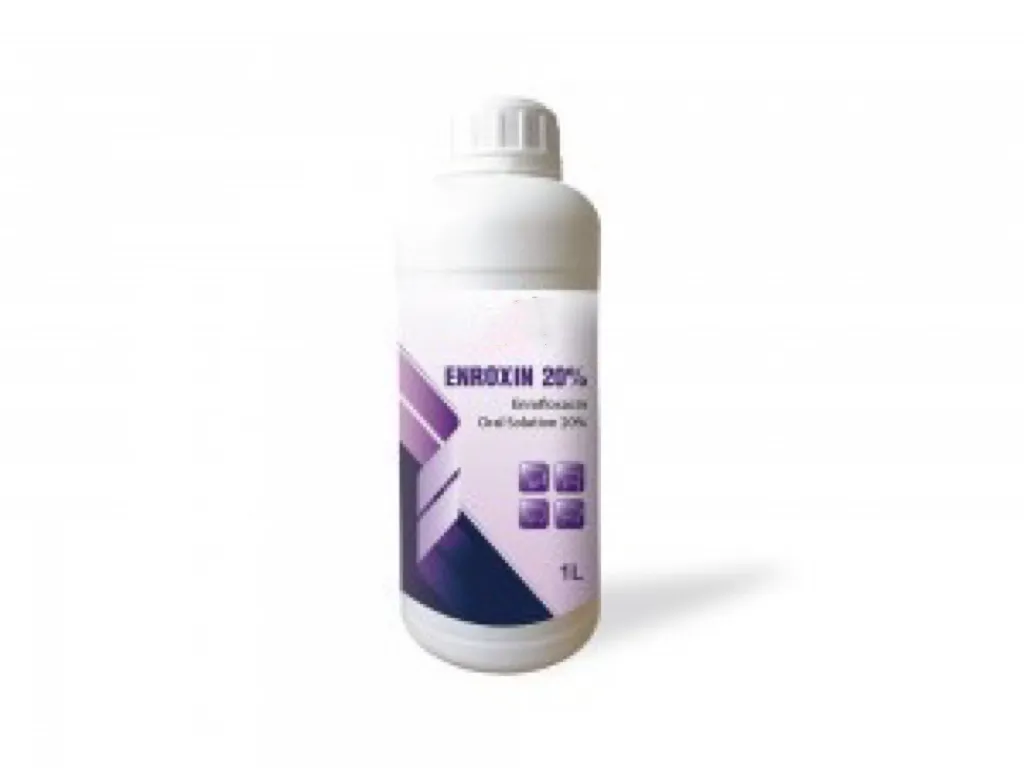- Afrikaans
- Albanian
- Amharic
- Arabic
- Armenian
- Azerbaijani
- Basque
- Belarusian
- Bengali
- Bosnian
- Bulgarian
- Catalan
- Cebuano
- Corsican
- Croatian
- Czech
- Danish
- Dutch
- English
- Esperanto
- Estonian
- Finnish
- French
- Frisian
- Galician
- Georgian
- German
- Greek
- Gujarati
- Haitian Creole
- hausa
- hawaiian
- Hebrew
- Hindi
- Miao
- Hungarian
- Icelandic
- igbo
- Indonesian
- irish
- Italian
- Japanese
- Javanese
- Kannada
- kazakh
- Khmer
- Rwandese
- Korean
- Kurdish
- Kyrgyz
- Lao
- Latin
- Latvian
- Lithuanian
- Luxembourgish
- Macedonian
- Malgashi
- Malay
- Malayalam
- Maltese
- Maori
- Marathi
- Mongolian
- Myanmar
- Nepali
- Norwegian
- Norwegian
- Occitan
- Pashto
- Persian
- Polish
- Portuguese
- Punjabi
- Romanian
- Russian
- Samoan
- Scottish Gaelic
- Serbian
- Sesotho
- Shona
- Sindhi
- Sinhala
- Slovak
- Slovenian
- Somali
- Spanish
- Sundanese
- Swahili
- Swedish
- Tagalog
- Tajik
- Tamil
- Tatar
- Telugu
- Thai
- Turkish
- Turkmen
- Ukrainian
- Urdu
- Uighur
- Uzbek
- Vietnamese
- Welsh
- Bantu
- Yiddish
- Yoruba
- Zulu
Nov . 10, 2024 03:08 Back to list
Uses and Benefits of Terbinafine in Veterinary Medicine for Animal Health
Terbinafine in Veterinary Medicine Understanding its Use and Importance
Terbinafine is an antifungal medication widely recognized for its effectiveness against a variety of fungal infections. While its application is commonplace in human medicine, the veterinary use of terbinafine has also gained prominence in recent years. This article explores the role of terbinafine in veterinary medicine, highlighting its applications, dosage considerations, and the importance of proper administration in pets and livestock.
What is Terbinafine?
Terbinafine belongs to a class of antifungal medications known as allylamines. It works by inhibiting the synthesis of ergosterol, an essential component of fungal cell membranes. By disrupting the membrane's integrity, terbinafine effectively kills the fungus or halts its growth. This action makes it particularly useful in treating infections caused by dermatophytes, yeasts, and certain molds.
Applications in Veterinary Medicine
In veterinary medicine, terbinafine is most frequently used to treat superficial fungal infections such as dermatophytosis (ringworm) in dogs, cats, and some other animals. Dermatophytosis is a common skin condition caused by various fungi, leading to symptoms like hair loss, itching, and skin irritation. Given the contagious nature of these infections, early and effective treatment is crucial to prevent spread among pets and to humans.
Terbinafine is also effective against systemic fungal infections, although its application in this area is less common. Veterinarians may prescribe it in cases where a pet is diagnosed with a deeper fungal infection that requires systemic treatment. Conditions such as blastomycosis or histoplasmosis may warrant the use of terbinafine in conjunction with other antifungal agents.
Dosage Considerations
The appropriate dosage of terbinafine in animals varies based on the specific species, size, and the severity of the infection being treated. Generally, veterinarians will calculate dosages based on body weight. For dogs and cats, the typical dosage ranges from 10 to 30 mg per kilogram of body weight, administered once daily or in divided doses. It's essential for pet owners to follow the veterinarian's directions carefully, as incorrect dosages can lead to ineffective treatment or adverse reactions.
terbinafine veterinary

Side Effects and Contraindications
While terbinafine is generally well-tolerated in animals, some side effects can occur. Common side effects may include gastrointestinal disturbances such as vomiting or diarrhea. In rare cases, animals might experience more severe reactions, such as liver toxicity or skin reactions. Therefore, regular monitoring is essential during treatment, especially for long-term use.
Terbinafine should not be used in animals with known hypersensitivity to the drug or in those with severe liver or kidney dysfunction. Additionally, veterinarians should exercise caution when prescribing terbinafine to pregnant or lactating animals, as its effects on reproduction have not been thoroughly studied in all species.
Importance of Compliance and Follow-Up
One of the fundamental aspects of treating fungal infections in animals is the importance of compliance with medication protocols. Pet owners must ensure that their animals are receiving the full course of terbinafine treatment, even if symptoms appear to improve before finishing the medication. Stopping treatment prematurely can lead to relapse or the development of drug-resistant fungal strains.
Follow-up veterinary appointments are also critical to assess the effectiveness of the treatment. Veterinarians may perform skin scrapings or fungal cultures to confirm the resolution of the infection and adjust the treatment plan if necessary.
Conclusion
Terbinafine is a valuable antifungal agent in veterinary medicine, successfully treating a range of fungal infections in pets. By understanding its applications, proper dosages, potential side effects, and the importance of compliance, pet owners can play an active role in their animals' recovery. Veterinary professionals will always be the best source of information and guidance, ensuring that pets receive the safest and most effective treatment possible. With proper care and attention, many animals can overcome fungal infections, leading to happier, healthier lives.
-
Guide to Oxytetracycline Injection
NewsMar.27,2025
-
Guide to Colistin Sulphate
NewsMar.27,2025
-
Gentamicin Sulfate: Uses, Price, And Key Information
NewsMar.27,2025
-
Enrofloxacin Injection: Uses, Price, And Supplier Information
NewsMar.27,2025
-
Dexamethasone Sodium Phosphate Injection: Uses, Price, And Key Information
NewsMar.27,2025
-
Albendazole Tablet: Uses, Dosage, Cost, And Key Information
NewsMar.27,2025













